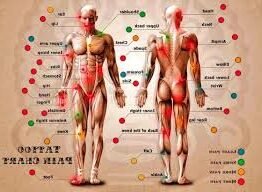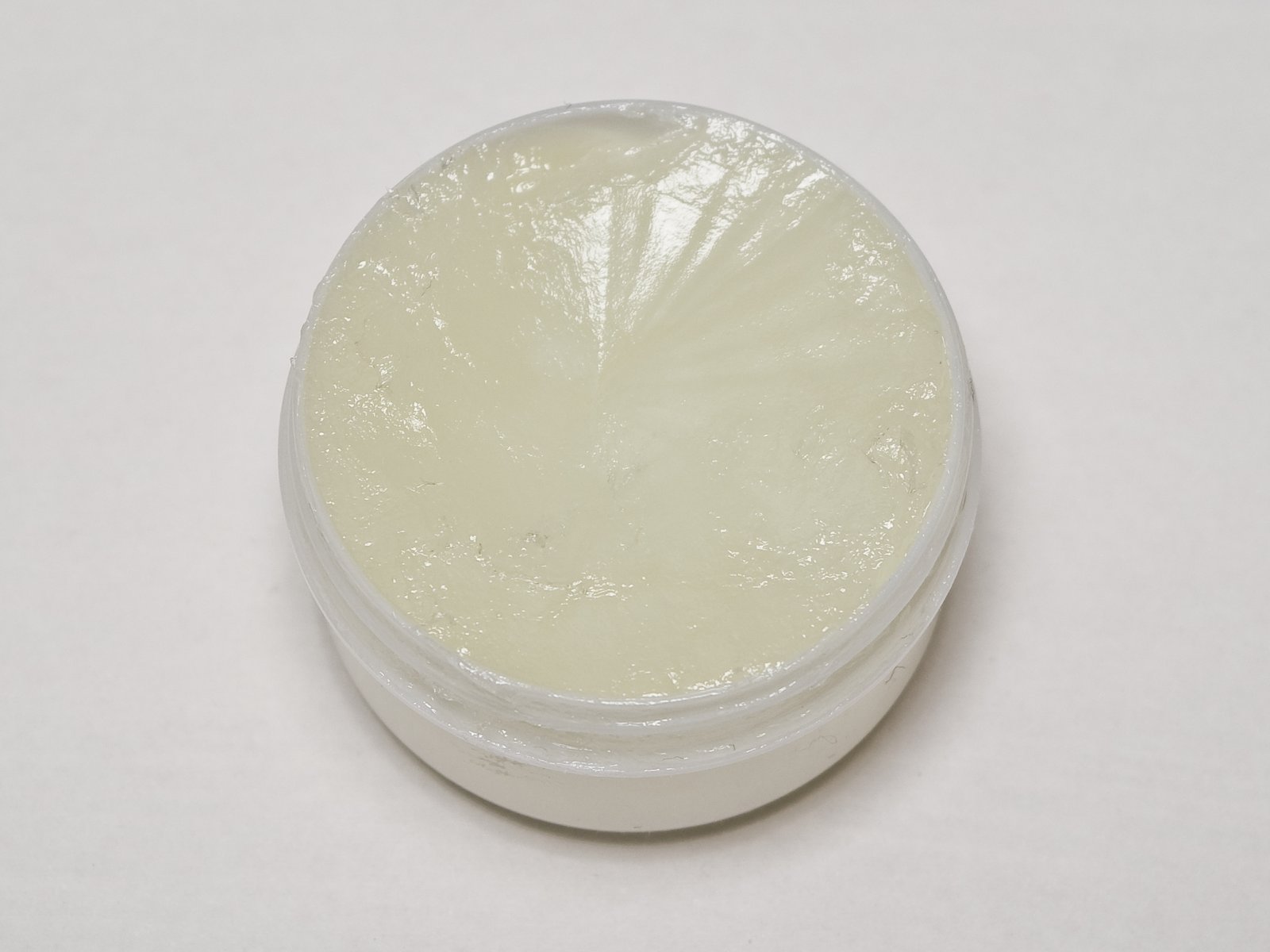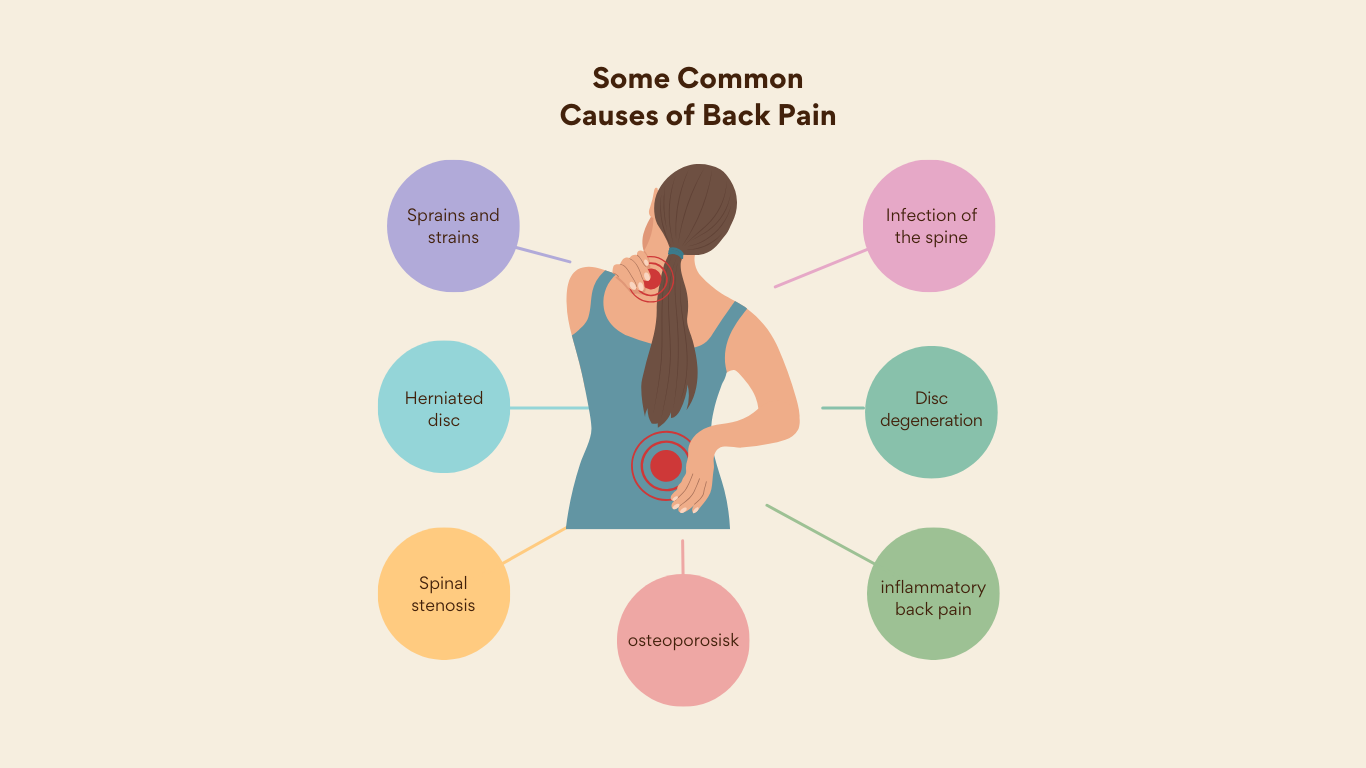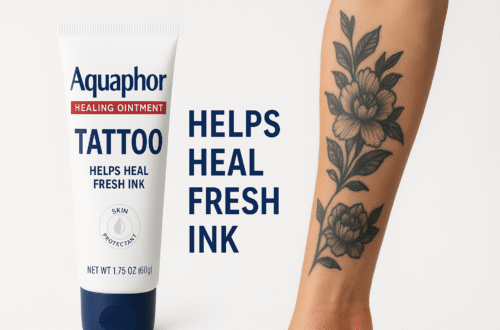Getting inked isn’t just about the design—pain levels depend heavily on your location choice and personal tolerance. As someone who’s sat through multiple sessions, I can confirm: areas with least fat, most nerve endings, or thinnest skin (like bony areas) hurt the most. The process involves piercing your top layer of skin with a sharp needle loaded with pigment, which is why some spots feel more painful than others. The general consensus? Opt for spots with thickest skin, fewest nerve endings, and more fat if you want a least painful experience. Trust me, your nerve endings will thank you later.
A visual guide to average tattoo pain
Areas that are generally considered more painful to tattoo
- The most painful tattoo spots are where your body has less fat, more nerve endings, or thin skin near bones – think skull, rib cage, spine, kneecap, shin, ankle, and foot (especially toe). Areas like the neck, inner elbow, wrist, palm, and finger also rank high because the skin is delicate. For severe pain, the areola, nipple, armpit, inner bicep, stomach, groin, and inner thigh deliver intense sensations – I’ve seen clients grip the chair hardest here. Even the outer elbow and behind knees sting more than you’d expect!
Areas that are generally considered less painful to tattoo
If you’re worried about pain, stick to areas with more fat, tight skin, and fewer nerve endings—like the outer thigh, calf, or upper arm. These spots sit away from bones, making the process low to moderate on the discomfort scale. Personally, I’ve found the forearm and shoulder to be surprisingly manageable, while the chest and back (though slightly more sensitive) are still bearable for most.
Factors that may affect pain
From my experience, pain levels aren’t the same for everyone—your age, weight, and even skin type play a role. Research from a Trusted Source shows that regular tattoo collectors often develop a higher pressure pain threshold compared to first-timers. Older skin tends to bruise more easily, while younger folks might handle the needle better. If you’ve got loose skin from weight loss or very little body fat, you’ll likely find tattoos more painful—the needle hits closer to nerves and bones. And yes, your weight itself can make a difference; more fat generally means more cushion against the sting.
What it feels like to get a tattoo
The sensations you’ll feel while getting tattooed vary – from a buzzing vibration to sharp pain, but becoming familiar with these typical feelings beforehand gives you a better idea of what to expect and helps you tell if something’s wrong.
Dull or background pain
When the needle revs up with its signature buzz, that first sharp prick triggers your body’s reaction – producing stress hormones like adrenaline that help numb the initial sting. What follows is usually a manageable dull ache in the background, though the pain can periodically change or intensify during your session. From my experience, you’re more likely to stay in this tolerable phase if you stay distracted – whether talking with your artist, listening to music, or watching TV to take your mind off the sensation.
Vibrating pain
When the needle pierces thin skin over bone, your nerves pick up that vibrating sensation – especially if the artist moves quickly, which often causes a strange, deep pain that feels like your skeleton is humming.
Burning pain
Burning pain during a tattoo session is like having something hot pressed against your skin for an extended period. This sensation is commonly felt in sensitive areas where the tattoo artist has worked for a long time. The combination of your skin’s rawness and the repeated trauma from the needle piercing the same place over and over creates this intense feeling. Personally, I’ve noticed this most on bony or thin-skinned spots—where the resulting discomfort can make you grit your teeth.
Scratching pain
That scratching pain you feel? It’s like a persistent cat dragging its claws across your skin—annoying but bearable. This sensation tends to hurt more when your artist adds shading, since they’re using multiple needles at the same time instead of a single needle. From experience, this type of discomfort is sharp but fades quickly compared to deeper tattoo pains—almost like the difference between a paper cut and a deep scrape.
Sharp or stinging pain
That sharp, stinging pain you feel? It’s like dozens of tiny bee stings concentrated in one spot—a sensation commonly felt when your tattoo artist uses fewer needles or just one needle for fine detail work or the outline. Areas with thinner, tighter skin like wrists and biceps are likely to feel this more intensely. From experience, I’ve noticed this type of discomfort is quick and precise, unlike the dull ache of shading—almost like the difference between a papercut and a bruise.
The pain can become extremely intense if your tattooed is pushing the needles too deeply into your skin. While experienced artists know how to avoid this, new or less experienced tattooers might be unintentionally heavy-handed, which can cause a deformity called a blowout. This happens when ink disperses below the top layers of skin that should be tattooed, leaving you with a blurry tattoo as the end result. It’s why choosing a skilled artist matters—they understand the delicate balance between precision and pressure.






